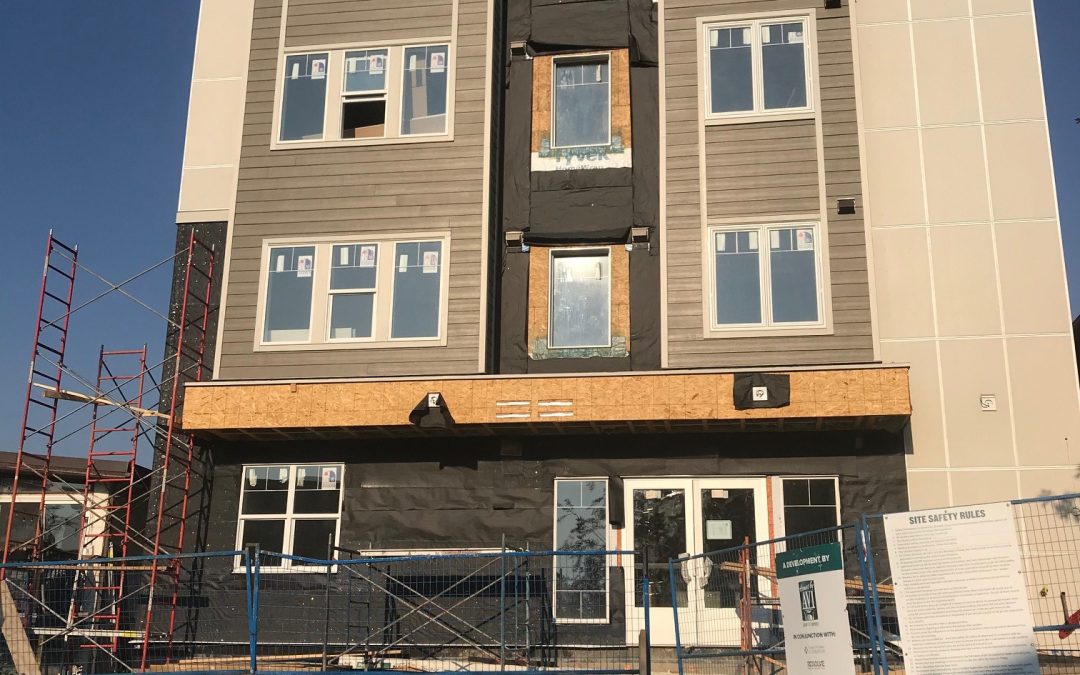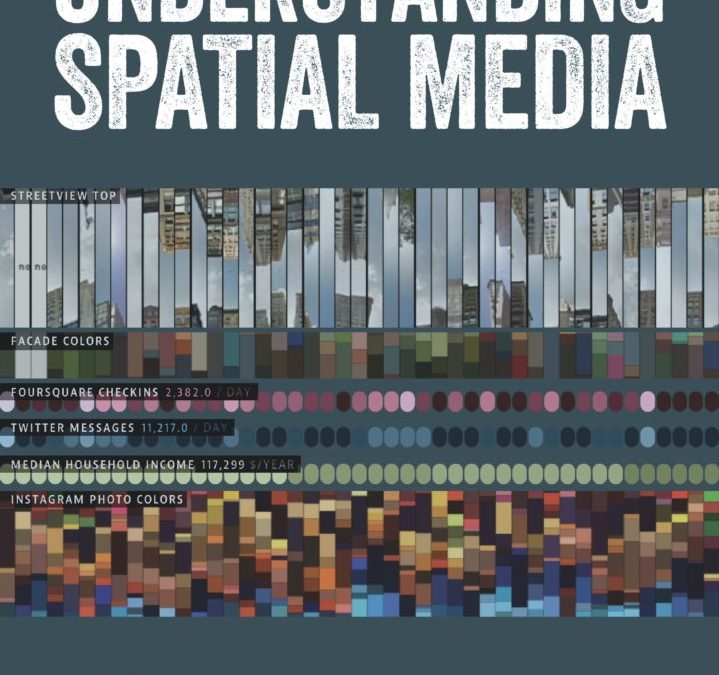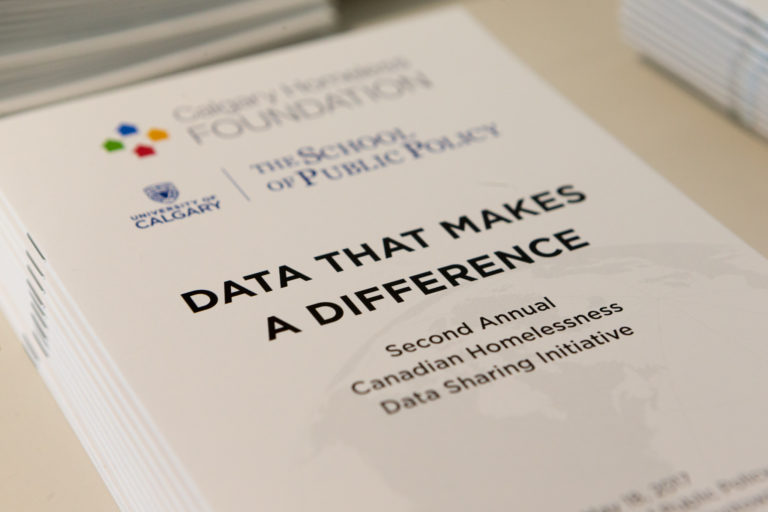
Ten things to know about Canada’s newly-unveiled National Housing Strategy
Ten things to know about Canada’s newly-unveiled National Housing Strategy
On November 22, the Trudeau government unveiled its much-anticipated National Housing Strategy. While much of the Strategy’s content and funding levels had already been broadly outlined in the most recent federal budget, the Strategy provides further detail on the content of a renewed federal role in affordable housing.
Here are 10 things to know:
- The Strategy aims to reduce chronic homelessness by 50% over 10 years. According to the federal government’s Homelessness Partnering Strategy Directives: “Chronically homeless refers to individuals, often with disabling conditions (e.g. chronic physical or mental illness, substance abuse problems), who are currently homeless and have been homeless for six months or more in the past year (i.e., have spent more than 180 cumulative nights in a shelter or place not fit for human habitation).” Setting targets is certainly a positive, however, in the absence of a clearly defined implementation framework it’s very challenging for researchers to accurately assess how realistic this target is vis-à-vis various spending commitments.
- A key feature of the Strategy is the announcement of the government’s intent to create a Canada Housing Benefit. This benefit will consist of financial assistance[1] to help low-income households afford the rent in both private and social housing units. The Trudeau government estimates that this will cost $4 billion over eight years beginning in 2020, and that the average beneficiary will receive $2,500 in support per year. It is expected that half of this money will come from the federal government, and the other half from provinces and territories. Certain subgroups will be prioritized—however, it’s not clear which subgroups of households will be targeted. This benefit program will be designed by 2020, in partnership with provinces and territories. It’s therefore unclear how this new benefit program will interact with the rest of Canada’s income assistance framework. For example, will a social assistance recipient who receives this new benefit be allowed to keep the full value of both the new benefit and their existing social assistance benefits? What about a household that’s already receiving a provincially-administered rent supplement? And what will this look like on reserve?
- A new National Housing Co-Investment Fund will create up to 60,000 units of new housing and repair up to 240,000 units of existing housing. Over 10 years, this federally-managed initiative will be worth $15.9 billion (including $4.7 billion in capital grants and $11.2B in low-interest loans from CMHC). About half of the grant funding will fund repair, while the other half will fund new builds. This will assist both with social housing and housing that’s owned and operated by for-profit landlords. This large fund will consist of several programs that target different groups; it will include grants and loans. The federal government anticipates 6,000 new housing units annually will be created, in addition to repairs. At least 7,000 shelter spaces will be created or repaired for survivors of family violence. There will also be 12,000 new units created for seniors. At least 2,400 new units for persons with developmental disabilities will be created. This is a unilateral federal program; dollar-for-dollar cost-sharing will not be required from provincial and territorial governments (however, some assistance from provincial and territorial governments may be required). Among other things, this is a demonstration of the Trudeau government’s interest in getting back into the direct delivery of housing programs. Quebec has already said that it does not want direct federal involvement in the housing sector and expects to negotiate an arrangement whereby the government of Quebec will remain solely responsible for the development of its housing sector.
- The Canada Community Housing Initiative will focus on preserving existing units of social housing. This will entail $4.3 billion of federal funding over a decade and will require cost-matching from provinces and territories. Note that this is precisely the amount of federal funding set to expire over the next decade on existing social housing units (ergo: this is about expiring operating agreements). Canada’s approximately 500,000 social housing units that are both administered by either provincial or territorial authorities, and have rent-geared-to-income (RGI) subsidies, are eligible for this. This fund will assist with repairs, help keep rents affordable and provide mortgage assistance for the operators. This means the issue of ‘expiring operating agreements’ is fixed for the next 10 years…provided the provinces and territories agree to cost-match. (The Federal Community Housing Initiative will do essentially the same thing for social housing units that are federally-administered; this will include co-op units. This will entail $500 million in federal funding over 10 years. No cost matching will be required here.)[2]
- The Trudeau government appears to want to shift traditional ‘social housing’ models toward mixed-income developments. Developments that are 100% RGI will be discouraged; likewise, current 100% RGI will be encouraged to be redeveloped with income mix.[3] This will be done through the National Housing Co-Investment Fund and through the Canada Community Housing Initiative (both of which are discussed above).
- An assortment of additional new initiatives were announced. A new Federal Housing Advocate will be created. A new National Housing Council will be created, it will be an advisory body that will provide ongoing input to Canada Mortgage and Housing Corporation (CMHC). It will begin its work in 2018. A new Community Based-Tenant Initiative will be created; it will foster participation by people with lived experience. A new public engagement campaign (with an anti-stigma focus) will be created.
- The Strategy discusses a National Housing Strategy Research Agenda. Worth $241 million over 10 years, the Strategy says this Agenda will embrace open data. Some of this funding will go to Statistics Canada; some will go to CMHC. According to the Strategy, the Trudeau government wants to increase funding for housing research “both inside and outside government and enhance the channels available to communicate research results.” Also according to the Strategy: “Solution Labs will be funded to bring experts and a range of housing stakeholders together to rapidly incubate and scale potential solutions to housing affordability pressures. Through open competitive processes, teams from the housing sector will be invited to identify housing challenges in key National Housing Strategy priority areas and propose strategies to develop new, world-leading solutions.”[4]
- The Strategy refers to this as “Canada’s first ever National Housing Strategy,” but that may not be accurate. In in the mid-1980s, Canada’s federal government released a document titled A National Direction for Housing Solutions, which many housing policy experts considered to be a form of a strategy. This had a transformative impact on affordable housing policy in Canada—specifically, it got the provinces and territories more engaged in affordable housing (that document can be accessed online, free of charge, at this link). Also, while the new Strategy contains some language pertaining to home ownership, the Strategy is very heavily focused on the rental sector.[5]
- The Strategy may overstate a few points. As indicated above, the Trudeau government may be stretching things when it says this is Canada’s “first ever” National Housing Strategy. Likewise, the Strategy vows to create four times as many housing units annually as were created from 2005 to 2015. However, according to Greg Suttor’s new book about the history of Canadian social housing policy, approximately 7,900 affordable rental housing units (not counting on reserve housing) were created annually during the 2005-2013 period.[6] Since the Strategy claims it will create 100,000 new units over 10 years, it would be more accurate to say that it will result in a modest increase in new builds annually (indeed, it’s quite unlikely that there will even be a doubling of annual new builds under the Strategy). Further, CMHC has not published good data on numbers of new units created annually over the past several decades, so this makes it challenging for researchers to ‘fact check’ any such claim with any level of precision.
- There will be lots to monitor over the next several years, and there are many unresolved questions. For example, beginning in 2020, there will be reports to Parliament every three years on housing targets and outcomes. But who will do that reporting, who will set the metrics for the reporting and who will calculate the figures? Also, the federal government says it’s working with First Nations, Métis and Inuit organizations to develop separate housing plans, but what will they look like and will they involve new funding? The Strategy vows to take a “rights-based approach to housing” and this will require new legislation; but it’s not clear what such an approach actually means. Finally, what happens if some provinces or territories refuse to ‘cost match’ some of the initiatives?
In Sum. This Strategy’s unveiling is arguably the most positive development in federal housing policy since the early 1970s. It signals that the Trudeau government is serious about federal housing policy. But while the government’s intent is clear, we’ll now see how well they can actually deliver.
I wish to thank Tim Aubry, Victoria Ballance, Janice Chan, George Fallis, Martina Jileckova, Marc Lee, Lindsay Lenny, David Macdonald, Michael Mendelson, Jeff Morrison, Geoffrey Nelson, Chidom Otogwu, Steve Pomeroy, Tim Richter, Joel Sinclair, Marion Steele, Greg Suttor, John Sylvestre and one anonymous reviewer for invaluable assistance with this blog post. Any errors are mine.
[1] For more on what such a benefit structure might look like, see this March 2016 report by Michael Mendelson.
[2] This funding for expiring operating agreements (i.e. the $4.3 billion + $500 million) was the only ‘new money’ announced in the Strategy. Though the 2017 federal budget had announced the intent to reinstate funding for expiring operating agreements, the actual amount was not spelled out. It will now take a supplemental vote in Parliament to formalize this additional funding.
[3] Adam Vaughan (a Toronto Member of Parliament) is believed to be the chief architect of this piece of the Strategy.
[4] Both of the quotes used in this paragraph are taken from p. 21 of the Strategy.
[5] Thus, it would probably be more accurate to call this an ‘affordable housing strategy’ than a ‘comprehensive housing strategy.’
[6] Dr. Suttor had to impute this figure, based on multiple sources. He presents the results in Table 8.5
You can view a PDF version of this blog post here: Ten things to know about Canada’s newly-unveiled National Housing Strategy






